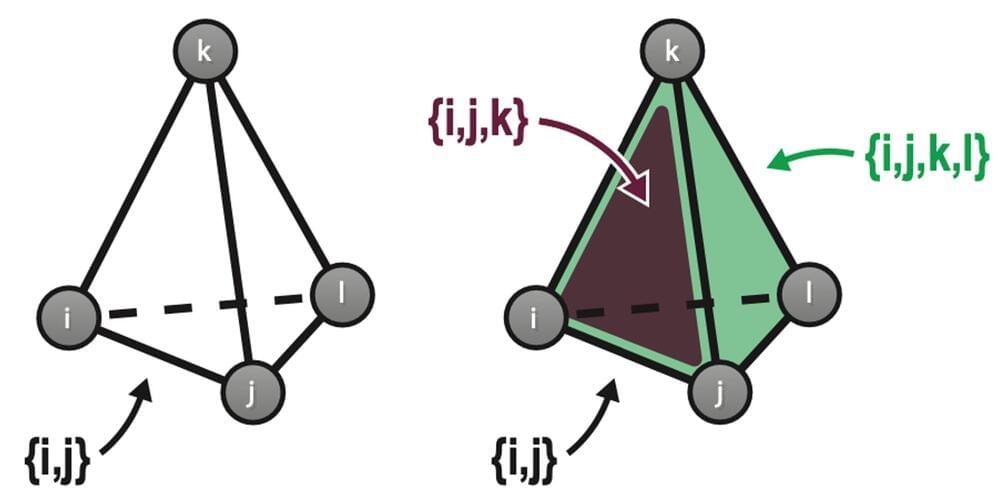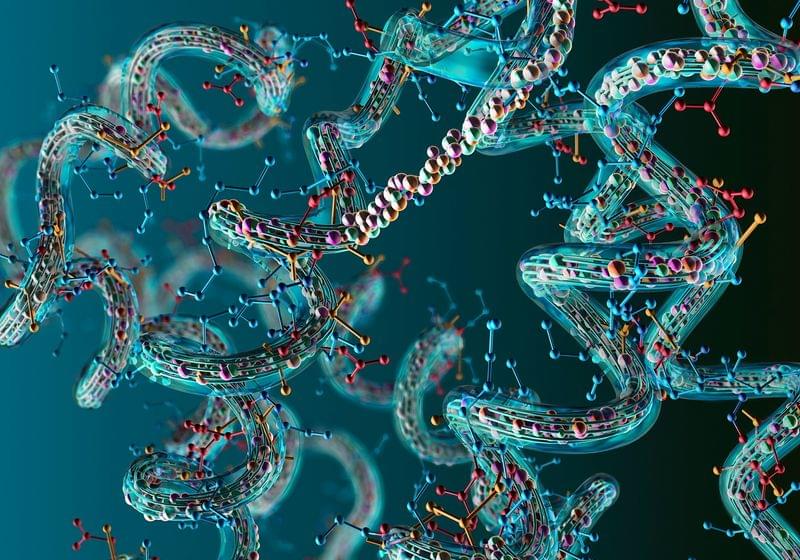Dr. Li Jiang is a director of Stanford AIRE program. Many of you think ChatGPT started the era of AI. But, Dr. Jiang says it started already. AI seems much better than we do. It seems it can solve many problems. Then, what can we do? How can we survive from AI? How should we do? Dr. Jiang suggest this method for us who are facing the era of AI.
Stanford DLI Challenge is a unique program that empowers individuals to create cutting-edge digital learning solutions. With guidance from experienced educators and designers, gain hands-on experience with the latest technologies and teaching methods. Sign up now to join a community of educators and designers dedicated to transforming education for the better: https://acceleratelearning.stanford.edu/get-involved/digital…challenge/
00:00 Intro.
00:47 Know AI Thinking.
01:32 3 Things of AI Thinking.
03:45 How Do We Invent New Things?
04:29 5 Steps of Design Thinking.
07:05 I Let My Students Use ChatGPT
EO stands for Entrepreneurship & Opportunities.
We’re looking for more inspiring stories of entrepreneurs all over the world, so don’t hesitate to contact us! smile
Subscribe EO Channel 🌏
👉🏻👉🏻 https://bit.ly/3S0Pacc.
Business Inquiry 💼
👉🏻👉🏻 [email protected].
EO Twitter 🖌
👉🏻👉🏻 https://twitter.com/EO__Global.
Subtitles for this video were created using XL8.ai machine translation.






